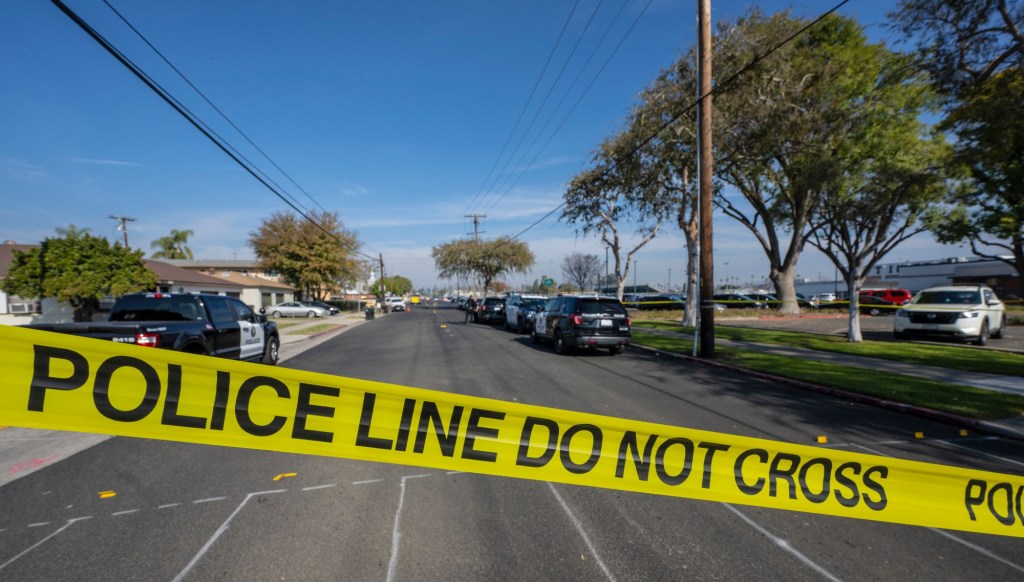
The recent Department of Justice decision to yank hundreds of millions of dollars of funding from groups around the country that work with crime victims and which do critical work preventing crime and harm before they occur is a tragedy. It will only make communities far less safe and far less resilient.
For the past couple decades, the country has recalibrated its criminal justice policies away from the 1980s and 1990s knee jerk responses of long prison sentences, even for minor crimes, and heavy investments in the infrastructure of punishment rather than that of rehabilitation, community support and crime prevention. Something of a bipartisan consensus, a rarity in this politically polarized day and age, emerged recognizing the cost-effectiveness of investments in institutions such as trauma recovery centers; in gang and gun violence intervention outreach; and in victims’ services, from helplines to therapy compensation funds.
These methods have a proven track-record: they cost less than prisons and jails, and they result in steeper declines in crime than mass incarceration. They also build more resilient communities once crime survivors and their families are given the tools to navigate the aftermath of often life-changing acts of violence.
During the first Trump administration, the Department of Justice continued distributing grants for programs in these areas, and it showed an understanding of the importance of thinking outside of the box when it came to crime-fighting and to rehabilitation strategies. There was a note of pragmatism to the 2017-2021 administration’s approach to these issues, which makes last week’s developments particularly concerning. The lessons seemingly absorbed by Trump 1.0 are being cavalierly cast aside by the leadership of Trump 2.0. And, unless these cuts are reversed, the impact on already at-risk communities could be profound.
Reuters reported that the DOJ’s Office of Justice Programs was cancelling more than $800 million in grants that had already been promised to 365 agencies around the country. All told, that represented almost a quarter of the value of the funding distributed by the Office last year. If these cuts go into effect, organizations will have to lay off staff, cut back on the services they provide, and force victims to make do with less.
Programs headed for the chopping block include those that run trauma recovery centers, provide services for victims of domestic violence – including one offering sign language to deaf people and another offering support to victims with disabilities – and trainings for police officers in how to deal with survivors of crimes. There are huge cuts envisioned to juvenile justice programs and to programming for services inside prisons; to programs working with immigrants who are victims of trafficking; to programs designed to track hate-crimes; and to counseling services to help victims find safe housing, access compensation funds, and more. Other cuts include services to children and to refugees who are victims of crime; programs aimed at finding ways to limit school shootings; re-entry support services for young offenders; and cuts to services provided to victims of elder abuse.
The revocation of these grants will significantly endanger public safety – and reverse hard-won gains from using outreach workers and early intervention strategies to calm violent city neighborhoods from coast to coast. The private sector can fund some of these programs, but federal dollars have also proven vital in building up these networks. These cuts are being planned in the face of growing public support for services both for crime victims and also for those who at a young age fall into criminal activities. Polling of survivors and of the general public shows overwhelming support for providing more, rather than less, resources for mental health and substance abuse treatment, more resources for housing, and more resources for trauma recovery centers.
As survivors of crime, we know all too well – and too personally – that without an infrastructure of support services, many victims will, quite simply, flounder. Hard power alone didn’t solve America’s problems around crime, drugs, mental illness and poverty a generation ago, and there’s an absence of evidence suggesting it could do so today.
Faced with groundswells of opposition, this administration has reversed many of the policies and spending cuts that it initially trumpeted. These cuts to victims services will, upon reflection, also be similarly seen as a misguided idea and will also be put to one side. That wouldn’t be a sign of weakness; rather it would signal a mature decision-making process in which policy makers demonstrate they are capable of self-correcting when confronted by across-the-board evidence that initial choices – even if made for cogent reasons – weren’t ultimately in the public interest.
Tinisch Hollins is the executive director of Californians for Safety and Justice, the state’s leading public safety advocacy organization.



